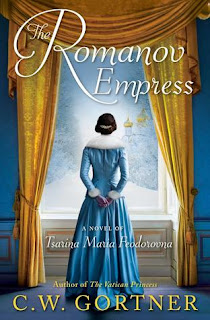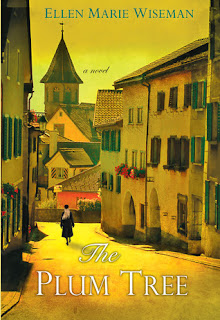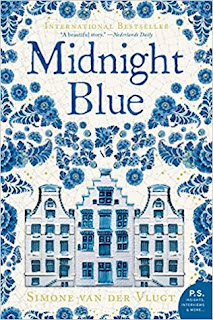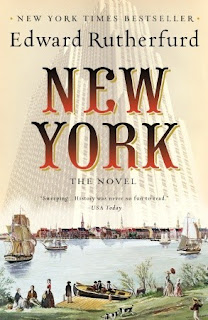As Bright As Heaven by Susan Meissner

“The Spanish flu pandemic of 1918 was arguably one of the deadliest diseases in history, second only to the Black Death, yet few people living today are aware of its impact. Fifty million people worldwide are estimated to have died from Spanish flu. That’s staggering number, far more than the number of lives lost in WWI. (…) Philadelphia was one of the hardest-hit American cities, with more than 12,000 dead.” January 1918, the family of Bright with three daughters moves to Philadelphia to live with Mr. Bright’s uncle. The oldest daughter, Evelyn (15), is a bright girl dreaming of becoming a doctor or a philosophy teacher like her favorite teacher. The middle daughter, Maggie (12), befriends two of the neighbor’s boys across the street. The older boy volunteers to be sent to France and fight in the Great War. At the end of 1918, men between ages of 18-45 are forced to register. “Congress has decided the war in Europe can’t be won unless more men are sent over to fight.” The father at


















